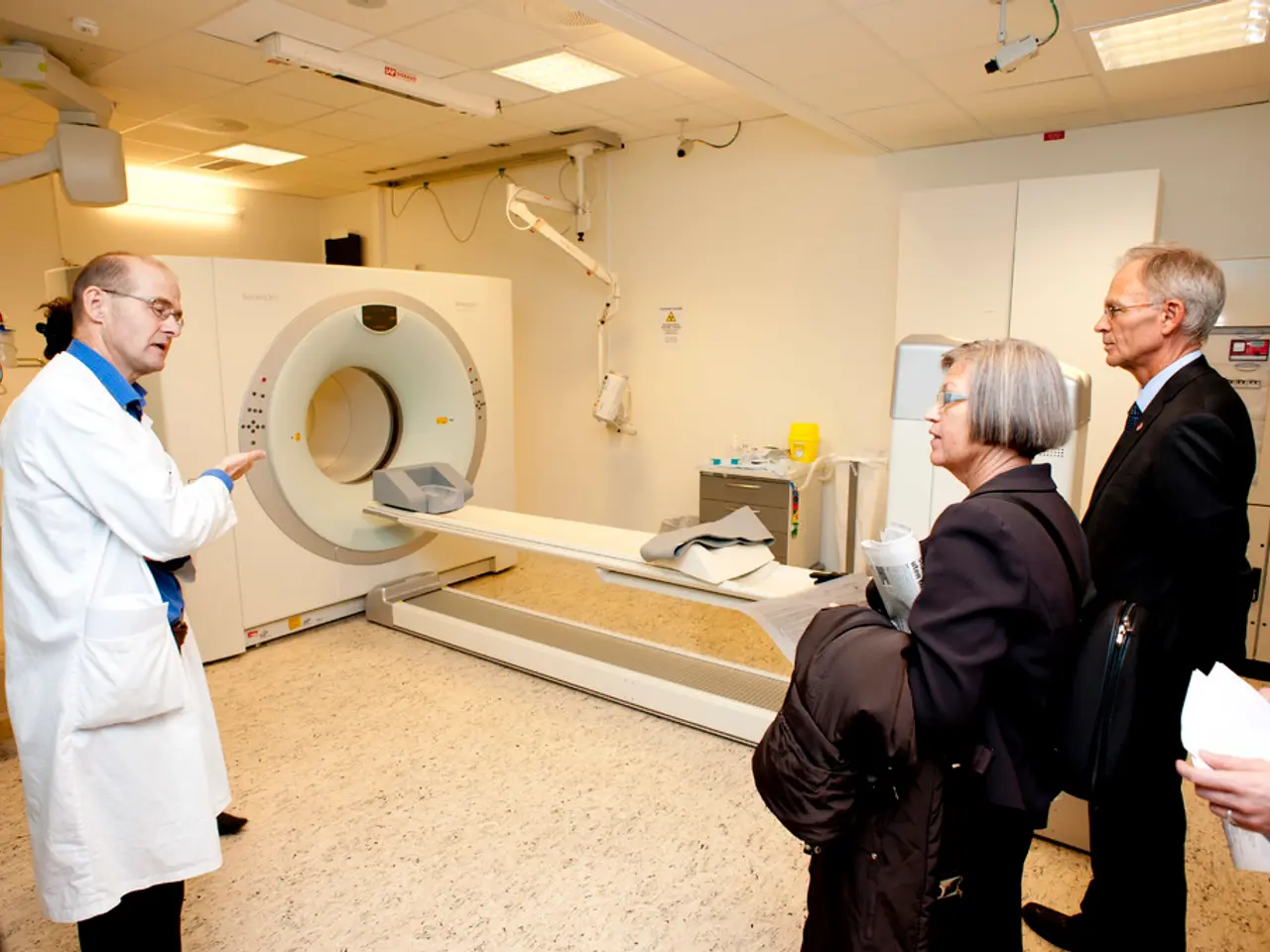Identifying Vulnerabilities in Machine Learning Algorithms
IBM's FreaAI (Feature-Relation Analysis for AI) is a powerful technique designed to identify data slices (subpopulations) where machine learning models, such as binary classifiers, underperform. By systematically analysing how different feature values or feature interactions correlate with poor model accuracy, FreaAI helps highlight specific data segments that the model struggles with.
How FreaAI Identifies Low-Accuracy Data Slices
The process involves several steps:
- Input: Predictions from a binary classifier, ground truth labels, and the dataset features.
- Slice Generation: Generates candidate data slices by splitting the dataset according to feature values or feature ranges.
- Performance Evaluation: Measures model performance (e.g., accuracy, error rate) on these slices.
- Statistical Testing: Uses statistical methods to find slices with a significantly lower accuracy than the global accuracy, filtering out random noise.
- Ranking & Selection: Ranks slices based on how bad their performance is and how representative (large) the slice is.
- Output: Returns meaningful data slices highlighting areas of model weakness for targeted improvements.
Steps for Implementing FreaAI Method in Python
Here's a step-by-step approach to implement the core idea of FreaAI for a binary classifier:
Step 1: Load Data and Model Predictions
```python import pandas as pd from sklearn.metrics import accuracy_score
data = pd.read_csv('your_data.csv') X = data.drop(columns=['label']) y_true = data['label']
y_pred = your_model.predict(X) ```
Step 2: Define Candidate Data Slices
You create slices based on feature values. For categorical features, use each category as a slice; for numeric features, split into bins.
```python
slices = {} for val in X['feature1'].unique(): slice_idx = (X['feature1'] == val) slices[val] = slice_idx
X['feature2_bin'] = pd.qcut(X['feature2'], q=4, duplicates='drop') for bin_val in X['feature2_bin'].unique(): slice_idx = (X['feature2_bin'] == bin_val) slices[f'feature2 in {bin_val}'] = slice_idx ```
Step 3: Compute Accuracy per Slice
Calculate slice-specific accuracies and identify slices with low accuracy.
```python global_acc = accuracy_score(y_true, y_pred) print(f"Global accuracy: {global_acc:.3f}")
slice_accuracies = {} for slice_name, idx in slices.items(): if idx.sum() == 0: continue acc = accuracy_score(y_true[idx], y_pred[idx]) slice_accuracies[slice_name] = acc
sorted_slices = sorted(slice_accuracies.items(), key=lambda x: x[1]) ```
Step 4: Statistically Identify Slices with Significantly Lower Accuracy
You can use a binomial test or z-test for proportions to check if the difference from global accuracy is statistically significant.
```python from statsmodels.stats.proportion import proportions_ztest
significant_slices = []
for slice_name, acc in sorted_slices: idx = slices[slice_name] n = idx.sum() correct = (y_true[idx] == y_pred[idx]).sum() # Number of successes and trials count = correct nobs = n # Test against global accuracy stat, pval = proportions_ztest(count, nobs, value=global_acc, alternative='smaller') if pval < 0.05: # significance level significant_slices.append((slice_name, acc, pval, n))
for s in significant_slices: print(f"Slice: {s[0]}, Accuracy: {s[1]:.3f}, p-value: {s[2]:.4f}, Samples: {s[3]}") ```
Step 5: (Optional) Multi-feature Interaction Slices
To extend, generate slices from combinations of features to identify problematic subpopulations with interaction effects.
Summary
- FreaAI locates model underperforming data slices by comparing slice accuracies against global accuracy.
- Uses statistical hypothesis testing to validate significance of performance gaps.
- Helps prioritize areas for debugging and model improvement.
If you want a more automated or scalable approach, consider using IBM’s open-source tools that implement similar slice detection or fairness assessment methods, which may build upon the FreaAI concepts.
If you'd like, I can help you develop a full runnable Python script for your own dataset!
Data-and-cloud-computing technologies such as IBM's FreaAI are useful for identifying areas where machine learning models may underperform. In this process, technology is employed to systematically analyze the correlation between feature values or feature interactions and model accuracy.
The FreaAI technique follows steps including generating candidate data slices, evaluating model performance, performing statistical testing, ranking slices based on their poor performance, and outputting meaningful data slices highlighting areas of model weakness.




